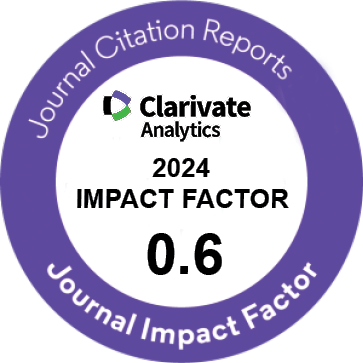| Original Article | |
| The Effect of Training Intervention Based on Health Belief Model on Physical Activity of Pregnant Women at Risk of Gestational Diabetes Mellitus: A Triple-Blind Randomized Controlled Trial | |
| Reihaneh Ghorbani11, Bahareh Mosleh2, Mahnaz Shafieian3, Shiva Heydari1, Safoura Taheri3 | |
| 1Student Research Committee, Ilam University of Medical Sciences, Ilam, Iran 2Department of Obstetrics and Gynecology, Tehran University of Medical Sciences, Tehran, Iran 3Department of Midwifery, Faculty of Nursing and Midwifery, Ilam University of Medical Sciences, Ilam, Iran |
|
|
DOI: 10.15296/ijwhr.2025.8985 Viewed : 118 times Downloaded : 146 times. Keywords : Physical activity, Pregnant women, Gestational diabetes mellitus, Education, Health belief model |
|
| Full Text(PDF) | Related Articles | |
| Abstract | |
Objectives: This study was aimed to determining the effect of training intervention based on health belief model (HBM) on physical activity (PA) of pregnant women at risk of gestational diabetes mellitus. Materials and Methods: A total of 104 pregnant women at risk for gestational diabetes mellitus were enrolled in this triple-blind randomized controlled trial. The intervention protocol consisted of six 60-minute educational sessions focused on physical activity, which were theoretically grounded in the HBM. Participants in the control condition received only routine pregnancy care education. Data was conducted using SPSS version 21. Results: The results showed that the levels of Perceived Susceptibility (28.63±3.79, P < 0.001), Perceived Threat Severity (28.48±1.79, p=0.015), Perceived Benefits (18.96±1.94, P = 0.022), and Self-Efficacy (17.85±3.40, P < 0.001) in the intervention group significantly increased after the education compared to before the education. In the intervention group, the amount of daily physical activity (18.07±3.66, P = 0.011) and weekly physical activity (74.26±26.99, P < 0.001) was significantly higher than before the intervention. Conclusions: Sustaining and improving maternal health outcomes, particularly for pregnant individuals at elevated risk for gestational diabetes, mandates the adoption of structured educational models by policymakers and service providers, particularly practicing midwives. In this context, the implementation of the HBM is strongly recommended. |
Cite By, Google Scholar
Google Scholar
PubMed
Online Submission System
 IJWHR ENDNOTE ® Style
IJWHR ENDNOTE ® Style
 Tutorials
Tutorials
 Publication Charge
Women's Reproductive Health Research Center
About Journal
Publication Charge
Women's Reproductive Health Research Center
About Journal
Aras Part Medical International Press Editor-in-Chief
Arash Khaki
Mertihan Kurdoglu Deputy Editor
Zafer Akan






















